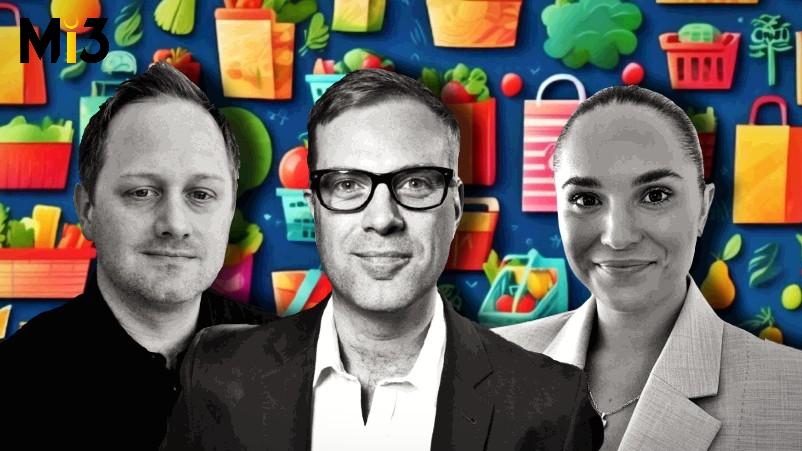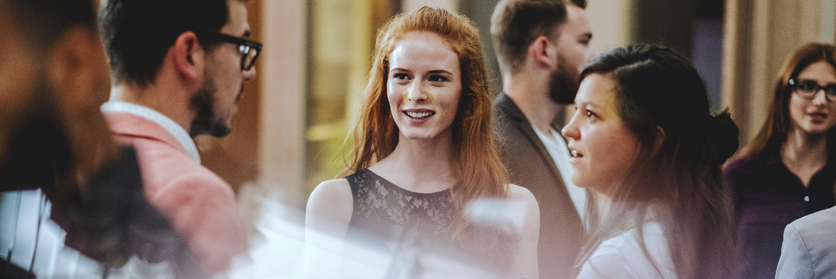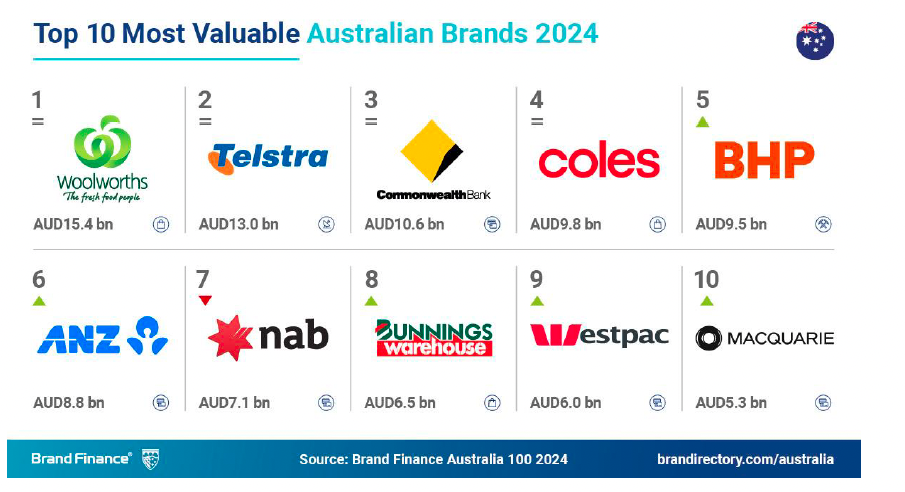In retail media measurement, most brands still fall into the ROAS trap: IAB panel

What you need to know
- Don’t get stuck in the ROAS trap, retail media experts warned advertisers on a panel at last week’s IAB MeasureUp conference.
- But most brands aren’t heeding their advice for now.
- There are a number of reasons including the pressures of a tight economy and a lack of mature technology for many brands. But it’s likely also just a market maturity issue.
- And the ongoing digitisation of retail media will offer new opportunities to deliver a more holistic view of the impact of spending on awareness, consideration, and response, according to Diageo’s Roger Dunn.
We have 2000 different suppliers, possibly more. So we have a variety of needs. And what people measure is very much dependent on a number of factors: Who they are, the sophistication, the level of need for data, and the types of data.
Brands looking to understand the impact of retail media on sales need to look beyond ROAS (return on advertising spend) and examine a wider set of metrics, according to an IAB panel that featured executives from Diageo, Coles and Kinesso. But it was also clear that for now, the message is not getting through.
According to Roger Dunn, global head, retail media & performance media, Diageo, there is this ROAS trap many marketing teams are falling into right now. “If you focus on ROAS, you’re only really looking at one dimension of it,” he told attendees at the IAB MeasureUp conference.
Dunn said Diageo has a framework that begins with optimising performance based on the platform they use. “But we’ll also look at much bigger, longer-term measurements and models.”
Getting to such a point involves working with partners like Gain Theory around media mix modelling. It’s a process Dunn described as “triangulation”.
“We have that longer-term view that allows us to allocate between channels. Then in the middle, between the platform and the longer-term view, we’ve got incrementality and some of that multi-touch attribution which is supported by econometrics,” he explained.
Head of Commerce at Kinesso, Hope Williams, said the majority of brands she works with also retain a very ROAS-centric approach. “You’re [always] looking at revenue when the times are getting tough. That’s just what the numbers are back to,” she said.
In response, Kinesso has been working hard with the brands it represents to shift them from converting demand to actually generating demand.
“It’s about looking more at the metrics, which would be simple, but it’s a long conversation. It takes a long time as well,” she continued. “The limitations we find with some of the retailers is they don’t have the sophistication of technology to be able to measure things like share of search.”
That means working with a third party or simply operating without access to that kind of data. The type of conversations Kinesso has with clients can vary even inside one brand or business.
“If we’re working with an ecommerce team or a trade team, they have the lower funnel as their KPI; that’s the job to be done for them. We often find quite a disconnect between the brand teams and the trade team. So obviously we need much better integration across clients or across brands, for them to start sort of talking to each other,” Williams said.
She again stressed the impact of technology shortfalls. “You have retailers that have limitations in what they can offer in terms of their metrics, or they don’t have the right technology available.
“I don’t think it’s really retail media if you can’t measure back to a SKU or have closed-loop attribution. There are some offerings out there that are saying that they’ve got a retail media offering, but they can’t do that.”
Andy Ford, head of data intelligence and measurement for Coles360, one of the leaders in the local retail sector, said brands and agencies also need to understand the other side of the story.
“We have 2000 different suppliers, possibly more. So we have a variety of needs. What people measure is very much dependent on a number of factors: Who they are, the sophistication, the level of need for data, and the types of data,” he said.
A retail media platform like Coles360 also caters to a wide set of requirements, meeting the needs of giants like Diageo and sophisticated agencies, as well as the wider set of suppliers who lack the same kind of sophistication, he suggested. “So we have a lot to cover in that regard.”
“We have to satisfy and cater for the very large volume. We are obviously focusing on closing the loop, but we do it a range of ways to varying degrees of specification.”
Yet even as Coles360 is “trying to address it across all of the metrics we possibly can, the majority are very much focused on an ROI,” Ford said.
He added Coles wants to reframe its role around the value of the brand’s investment. “It’s not just about a four-week incremental revenue over cost [campaign]. It’s a lot more than that.”
Digitisation of in-store
Dunn also discussed the digitsation of retail media and saw this accelerating at the store level. “We’ll have digitisation of screens on trolleys. And as it becomes digitised, obviously it’s inherently visible,” he said.
The data digitisation yields also offers greater opportunities for integration with other programs. “You could tie that up with a loyalty scheme as well to see what’s happening in the sales behind the scenes,” Dunn said.
“If you have digital screens in-store, you can probably measure that on every stage of the funnel if you still use the funnel… with people looking at that screen, you can measure reach and frequency. That’s an awareness goal. You can then probably measure brand sales that come from that screen, and that’s a consideration. Then over the period of the campaign, you can probably see extra sales – that’s conversion.
“Then over the next three months, you’ve got many sales coming in and over the duration, which will be a loyalty metric as well. So even on that one placement in that one screen, if you can measure that, then you’ve got all these different metrics.”





